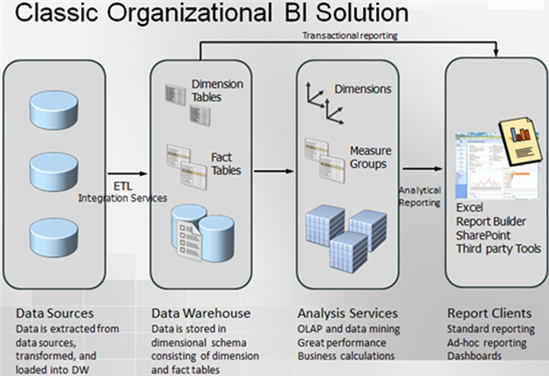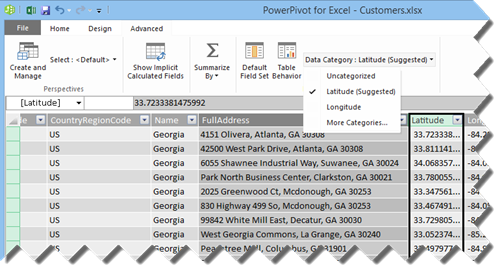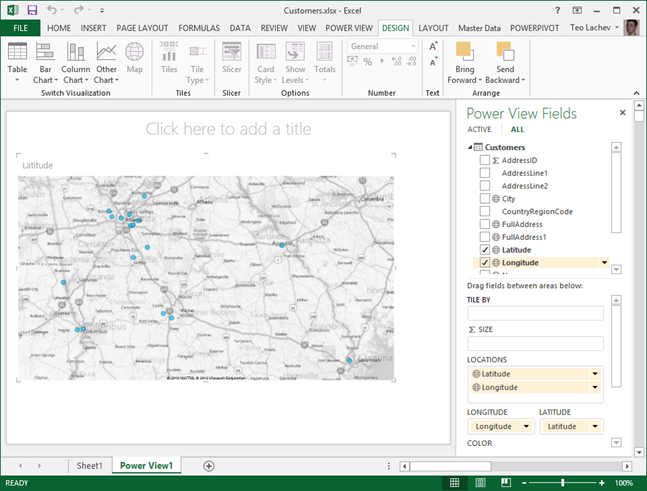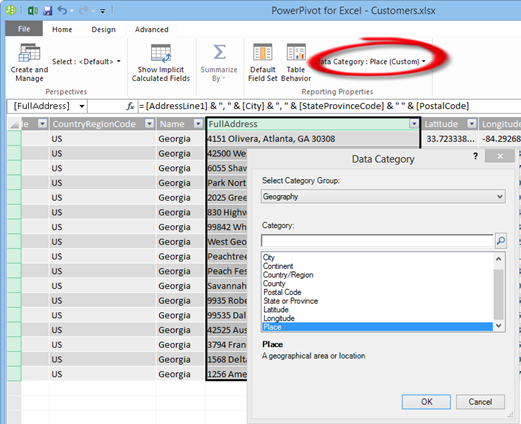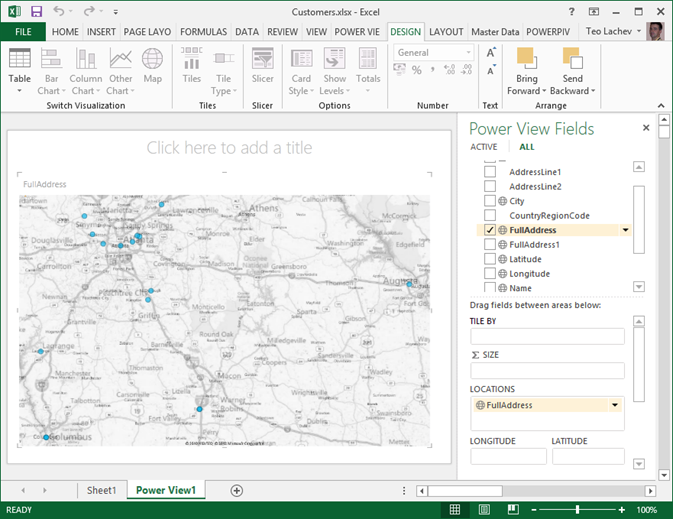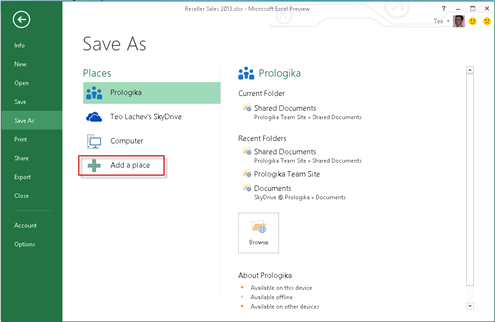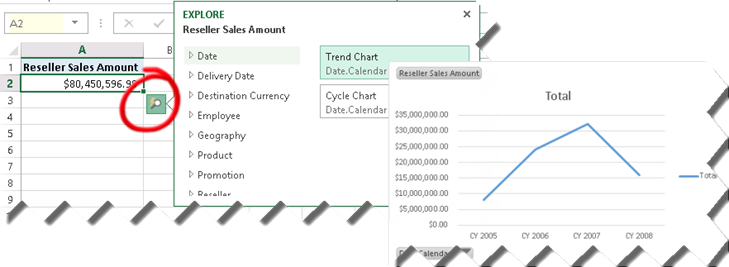Is SharePoint Overkill for BI?
As you know, Microsoft BI is tightly interwoven with Excel on the desktop and SharePoint on the server. Most complaints about SharePoint fall in two categories:
- Complexity – SharePoint is like the ocean. The further you go, the deeper it gets. Troubleshooting is no fun. You know it and I know it.
- Cost – Most BI features require SharePoint Server Enterprise. Besides the product cost, each user requires a client access (CAL) license (about $100 per user). With larger companies, cost quickly adds up when you roll BI to the masses. You can use the Microsoft License Advisor to estimate your investment but be sure to include additional cost for Windows and SQL servers.
So, is SharePoint overkill for BI? My answer is it depends. Let’s take a look at the graph that shows the correlation between the organization size and SharePoint features.
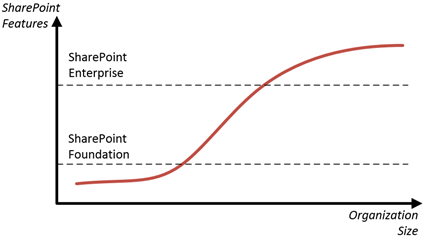
A small organization might not need SharePoint at all. It’s likely that all BI needs of such a company will be met by SQL Server and Excel. As the company size increases, however, SharePoint might look attractive for what’s designed for. This company might decide to adopt SharePoint Foundation (freely available) for document storage and collaboration. Unfortunately, out of all Microsoft BI tools, only Reporting Services works on SharePoint Foundation (except Power View and Alerts), as explained in Microsoft Books Online.
| Supported Features | Minimum SharePoint Edition Required |
| General Reporting Services report viewing and feature integration with SharePoint | SharePoint Foundation |
| Power View and Alerts | SharePoint Server Enterprise |
As the company continues to grow, its appetite for more BI features increases. This is the middle zone in the S curve. At this point, the company might be interested in team BI, including Power View and Power Pivot for SharePoint. At the same time, the company might not be interested in the SharePoint enterprise features but it’s out of luck. The BI features require SharePoint Enterprise. This is where it could be useful if Microsoft introduces a SharePoint BI Edition with a more attractive pricing model, such as an edition that has all BI features, doesn’t have the rest of the SharePoint enterprise features and it doesn’t require CAL licensing. SharePoint Online can mitigate some of the cost concerns but as it stands it’s limited to self-service BI (Power Pivot and Power View) only.
Moving to the upper mid-size and enterprise sector, you’re likely to be interested in more and more SharePoint enterprise features. For example, we’re currently working on a set of best practice documents for a Fortune 50 organization that’s rolling out Microsoft BI across the enterprise. They’re interested in data governance, taxonomy, retention, content approval, manageability, security, scalability, risk management, auditing, and others. You’ll be hard pressed to find such features in popular third-party BI offerings. And, one great thing about SharePoint is that it doesn’t discriminate among documents. As far as it’s concerned, a BI artifact, such as an SSRS report or Excel workbook, is just a document…all features just work. So, SharePoint Enterprise might be an attractive platform for larger companies although its CAL licensing might be difficult to swallow.
This table shows an expanded list of the Microsoft BI features but, as I mentioned, no further investigation is necessary. All BI features except general SSRS reporting requires SharePoint Enterprise.
| Insights features | SharePoint Foundation 2013 | SharePoint Server 2013—Standard Edition | SharePoint Server 2013—Enterprise Edition |
| Business Intelligence Center | No | No | Yes |
| Calculated Measures and Members | No | No | Yes |
| Data Connection Library | No | No | Yes |
| Decoupled PivotTables and PivotCharts | No | No | Yes |
| Excel Services | No | No | Yes |
| Field list and Field Support | No | No | Yes |
| Filter Enhancements | No | No | Yes |
| Filter Search | No | No | Yes |
| PerformancePoint Services | No | No | Yes |
| Power View | No | No | Yes |
| PowerPivot | No | No | Yes |
| Quick Explore | No | No | Yes |
| Scorecards & Dashboards | No | No | Yes |
| SQL Server Reporting Services (SSRS) Integrated Mode | Yes | Yes | Yes |
| SQL Server Reporting Services (SSRS) Web Part | Yes | Yes | Yes |
| Timeline Slicer | No | No | Yes |
| Visio Services | No | No | Yes |

